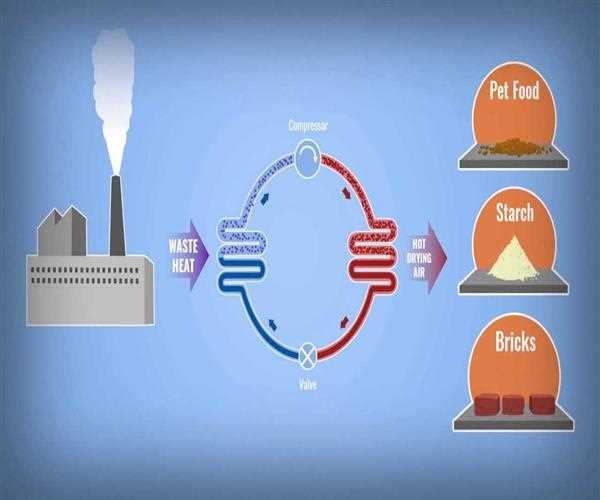Many processes rely on industry and industry to produce heat. A large part of it escapes the environment as waste heat, while at the same time companies produce extra heat elsewhere. This is not efficient. The use of waste heat is, therefore, a good way to protect the environment and the wallet.
Use of waste heat
Existing Heat reserves are suitable, for example, to preheat the water or the combustion air of boiler systems. For the heating of rooms, the temperatures generally do not have to be so high, even cleaning processes do not require too much heat. This naturally favors the use of waste heat.
An important form of waste heat use is cogeneration. Here both the electricity and the heat generated by the plants are used. As a result, the energy content of the fuel can be used to 90%.
Waste heat mainly occurs at:
Room ventilation,
Compressors,
electrical installations such as Transformers and Rectifiers,
Exhaust gases from boiler plants,
Drying processes and
Operation of Furnaces.
Various options for waste heat use
The easiest and most cost-effective option is to reuse the waste heat from a process or environment in the same process or plant. Usually heat exchanger thereby a transport medium, which then supplies the heat to its further use.
Plate Exchanger or "plattenwärmetauscher" as is it called in Germany
Plate Heat exchanger transfers heat from one Medium (liquid or Gas) to another without touching each other. By the way, heat is always moving from warmer to colder Medium.
This form of direct heat recovery is often referred to as heat recovery. Examples of this direct use:
Space heating and heating support
Heating of industrial water
The production of process heat (e.g., to preheat the process water, combustion and drying air)
Alternatively, the waste heat recovered in other internal company processes, space heating or domestic hot water use.
It is also possible to supply waste heat to neighboring companies, local or district heating networks, etc. The disadvantages: the energy loss during Transport is higher, additional infrastructure is required, and supply and acceptance must be regulated in a contract.
Finally, the waste heat can of course also be converted into other useful forms of energy such as cooling or electricity. In the production of electricity and cold, however, comparatively high heating temperatures (with electricity: at least 5 C) are required. 120 C; in case of cold: min. 80-100 C) is necessary. This type of waste heat utilization or abwärmenutzung (called in Germany) allows the waste heat of a process to be used regardless of whether a heat sink is present or not. For more info about exhaust gas heat exchanger (abgaswärmetauscher) visit Exodraft.




Leave Comment